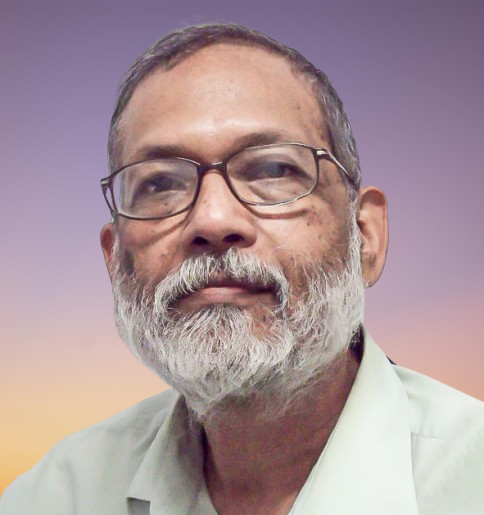Column

Censorship is constructed largely along the lines of power. Censors reduce the power of the contestants in exercising power. Its function is about enhancement and sustaining power. Constructing media structure it appears is not about finding facts and transparency only. It's also about exertion of power. How its function is interpreted depends on the nature of what its function is. What therefore is understood as its function?
Pre-study findings on censorship and media
To conduct a KAP - Knowledge, Attitude, Practice- study on censorship and media, a preliminary investigation to determine the parametres of the study of the key stakeholder groups was held. This focused on the stakeholders related to media. They were A. consumers. B. Practitioners. C. Owners.
Once the groups were confirmed, some basic questions were asked about media's role and responsibility in the context of censorship. The responses will form the basis of further enquiry.
For the moment we find that the three segments can be split further into several sub-segments. For example, owners and Editors can be both one entity but in many/most cases they are different. Thus there is a possibility of conflict between owners and Editors. However, both represent authority and power. They decide what is published and not published though their functioning differs.
Similarly, working journalists also have sub-segments. One split is between the activist journalist and the non-activist media worker. Within the activist group, there are trade unionist and non-trade union media workers and other associations and clubs etc. For the moment, activist and non-activist journalists may be taken as sub-clusters.
Similarly, the consumer is not one monolith and a variety of sub-category applies. The difference between the consumer and the workers is that one is an outsider and the other is the insider. The consumer doesn't see the difference between Editor and worker, owner and worker etc. but considers everyone as Media, a monolith. In this categorization, they primarily refer to the worker and blame or praise them for what media does. Since public confidence is declining in media, the worker is held responsible for media's decline.
Perceptions of censorship
In the preliminary discussions on the issue of censorship there is divergence of views on what it means and how it applies. Each group expressed different views on what it constitutes. However, most considered the role of the Government as the prime censor. This was in particular with the working journalists and media workers. Editors too agreed but were more reticent while the Owners were not ready to discuss the issue elaborately.
The consumer's notion of media freedom or censoring was different. They felt that their right to information was violated in most cases due to fault of "media" as they were not doing their job properly. A section also felt that media workers were in some cases dishonest and in collusion with others - GOB, owners, private sector etc.- self-censoring in their own self-interest.
In discussing what constituted censoring, most responded that it had to do with holding back information that might affect the powerful. Whoever is holding back that information is a party to the censoring of media, many consumer felt.
In case of media workers, the political activists held sway. The Government is considered the prime and in some cases, the only censor. Depending on the political party such workers follow, the interpretation is made regarding its objective, function and current state. Thus the pro-Government activists think that some censorship does exist and it's positive as it protects public interest. Meanwhile the anti-Government activists think it's the Government that is all in all in censoring and the rest are minor censors.
In many/most cases, media freedom is interpreted along political lines only and many media workers see their role as an auxiliary political force. They are there to play their role in "progressing the struggle for political democracy". Their opponents see their own role as countering the efforts of anti-government/ state/people's forces. Thus media becomes a proxy space for political battles. The consumer is not perceived as a factor here but the audience becomes various political powers, sectors and quarters to whom their loyalty belongs.
Internal censor
While media workers admitted that the owners' interest was prime and they could not act beyond it nor write if not approved, they didn't see it as censorship but "house policy". Thus the concept of internal censorship is weak and taken for granted by many that it will be there. They think, Censor is external- Government - not internal- owners - which most saw as a natural fact of life.
They were ready to give much more space to this as it was linked to livelihood. That by accepting house policies through exercise of self-censorship they were a party to the objectives of the owner hence internal censorship was not stated by any. The focus was on the official censor.
The notion of external censor dominates while that of the internal censor doesn't. That self-censoring was automatic when it came to conflict with owners interest was described as; house policy" while Government directives as "censorship."
A comprehensive framing of censorship in media requires more attention and work.

























Leave a Comment
Recent Posts
Right On Schedule
The most eagerly anticipated, and frankly hyped up, announcement of an ...
Fighting raged along the borde ...
Fighting raged along the border of Cambodia and Thailand, with explosi ...
ICIMOD drives regional cooperation to inspire new mo ..
The Cage of Captivity and the Cry for Freedom: A Cru ..
Why Japan issued an advisory for a possible megaquak ..
The Autocrats’ War on Universities